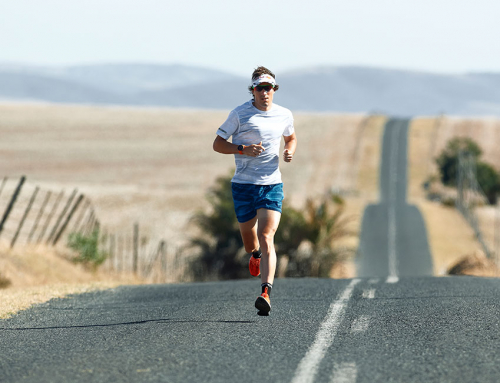Running Cadence
Are you really a GPC athlete if your coach hasn’t yelled “cadence!” to you at a race or run set? Running cadence is the measure of how many steps you take in a minute. Since the 1980s, the rule of thought was that all runners should aim for 180 steps per minute.
Most recreational runners tend to over stride and are thus more likely to land with a large doors flexion at their ankle (heel strike). The notion of aiming for a higher cadence is to maintain shorter, quicker steps optimise your running efficiency and reduce injury risk with reduced load on hips/knees.
Current Findings
Current research has come to the same conclusion. A recent study involving 20 male & 20 female ultramarathon runners found that the average cadence over the 100km event was 182 strides per minute. It is important to investigate this further before applying in a practical sense.
When athletes were compared individually, there was a huge variance in running cadence. What was clear though was that individual athletes fluctuated their cadence with their speed rather than fatigue or change in form/technique. When compared against each other, height was the highest contributing factor to cadence. For example an athlete measuring 6 foot tall might have a cadence up to 18 strides per minute less than someone 5 foot 6.
Given these findings, it is impractical to apply the 180 cadence to all athletes, as all runners have different builds, injury profiles and running technique.
Practical Applications for Recreational Runners
- Running cadence is an easy parameter to measure & change compared with foot strike, lower limb angles & ground contact time
- You may consider changing your running cadence if you are experiencing an injury, niggle or stagnation in your running improvement
- Make gradual changes to your cadence by 5-10% over a period of 6 months. Loading won’t change in amount, it will just be redistributed to other areas of your lower body.
- Measure running cadence using your watch or a metronome and look at data comparing like sessions to establish a base line & monitor progress
The Injury Clinic Geelong are GPC’s recommended practitioners to help assess your running technique & injury profile before making technique changes.
Sources
Running Cadence with Zac Turner
Stop Overthinking Your Running Cadence









